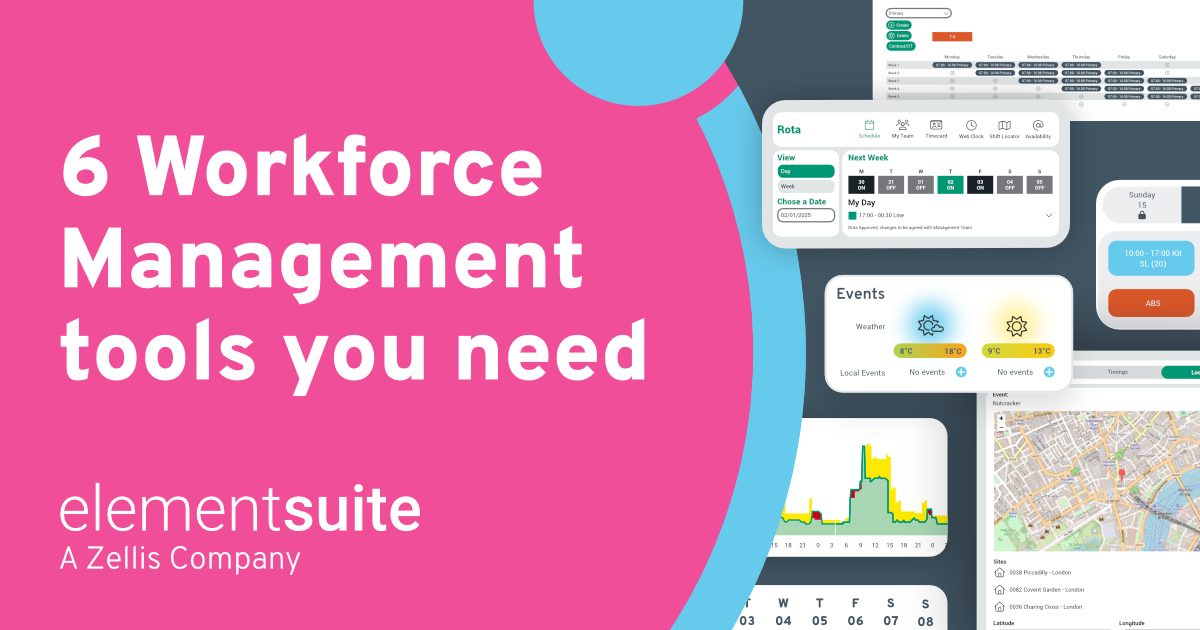Never in our lifetime has HR been under so much scrutiny and pressure to deliver.
There are winners (e.g. on-line retail) and losers (e.g. airlines) amidst the COVID fallout – and whether growing, pivoting, or downsizing, companies need to ensure they have a clear HR strategy that is underpinned with robust HR technology.
More importantly though, COVID has changed the way people work. These changes in workplace behaviours are permanent and require a Big Reset at many levels – affecting People, Processes and Systems.
Post COVID Shock Syndrome (PCSS)
But “Post COVID Shock Syndrome” is rife, which is manifest in an HR Tech paralysis. HR and IT leaders are struggling to coordinate their response to the new world of work and the Big Reset required as a result of COVID. Important system changes are conveniently overlooked in favour of short term Excel workarounds, on the grounds of “operational resistance” or “difficult budgetary approvals in current market conditions”.
Which sounds like pish or PCSS to me.
Clearly business survival for many businesses is a key concern, and it is understandable to revert to budget preservation, stability, and focusing on the key and core HR tasks – notably the so called “route to pay” core HR transactions that drive joiners, movers, leavers, absence, payroll and legislative compliance.
But unless you get ahead of the challenges facing us in the post COVID landscape, you will get caught out. This is an extraordinary period of our history where HR teams are necessarily leading the businesses they serve. As such they must not be treated as the poor cousin in budgetary handouts, but first in line, to unlock improvements in automation, productivity and and smarter working.
HR and the post COVID landscape
As a first example – let’s take furlough payments and government reclaims.
The legislative changes required to manage furlough payments cannot be simply “black boxed” into Excel calculation engines. It’s obvious, but short-term workarounds in Excel are a) actually not short term and b) guaranteed to fail.
Aside from the problems relating to data integrity (how to maintain joiners, movers and leavers in a spreadsheet) and data protection (pay data floating around in Excel is a DPO’s worst nightmare), these furlough calculations and data are now embedded forever into your core HR data landscape.
Just because the furlough scheme may end (and at this stage no one is sure whether it will be extended), this doesn’t mean the end of the data captured during the furlough period. This data is deeply embedded in your HR world, and will be required for the foreseeable future for ongoing average pay, accruals and holiday calculations.
For something so important as paying people correctly, it is not acceptable, nor sustainable to take Excel shortcuts. The “manual workaround mentality” will not work when it is abundantly clear that the landscape has changed for the foreseeable future.
As a second example, let’s take tracking of flexible working and COVID-status
Let there be no mistake – ways of working have changed forever. A number of companies are not expecting people in the office until 2021 and an increasing number are NEVER expecting people back. Wow.
COVID cases are on the rise again, and you can expect ongoing disruptions and changes in guidance and legislation.
Post COVID Shock Syndrome challenge
The challenge is how to support employees working remotely, and track attendance, productivity and attendance “bubbles” – you can’t expect to add more pressure on line managers at a time when they are themselves being asked to grow/sell businesses out of trouble. And yet, astonishingly most companies have no way of tracking attendance, manage tasks, and report on the wellness status of their staff.
This is a problem that is NOT GOING AWAY, and needs a LONG TERM SOLUTION.
Please take the time to complete our COVID-19 HR Response Checklist, and score yourself.
Download your: [download id=”1863″]
References:
- Bersin: “The Big Reset Playbook” – What’s Working Now (August 2020)
- HRE: How is the pandemic changing investments in HR tech?
- HRE: Return to Workplaces starts with thinking outside of the digital box
- HRE: COVID-19 and remote work




